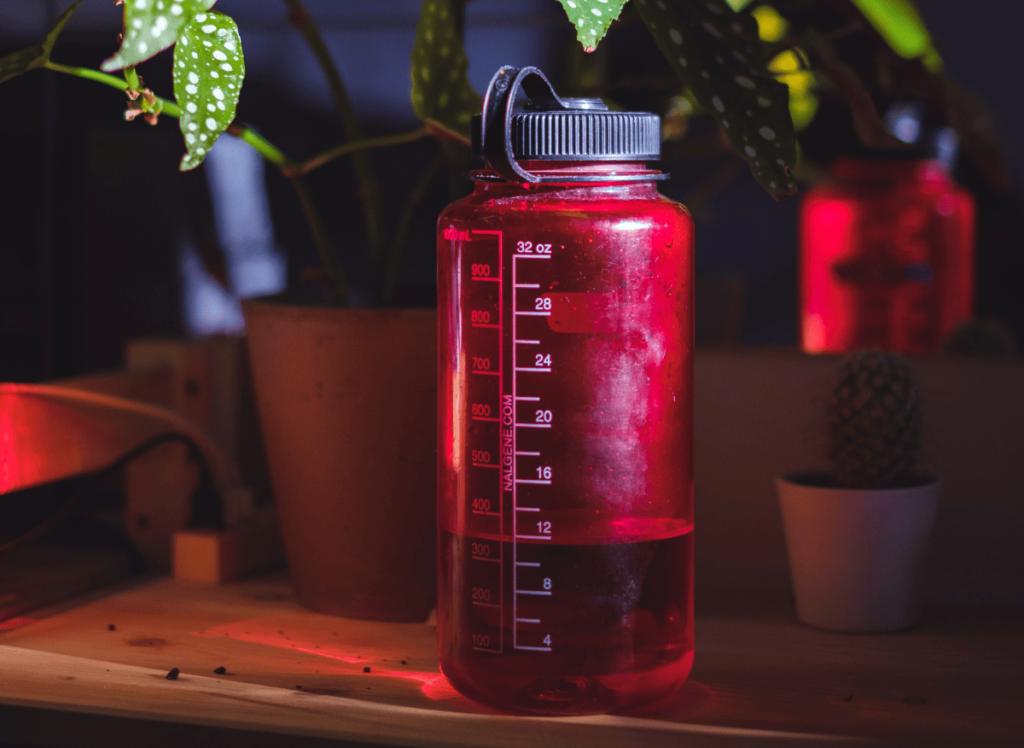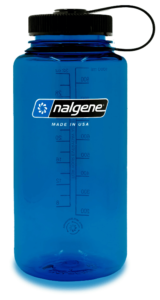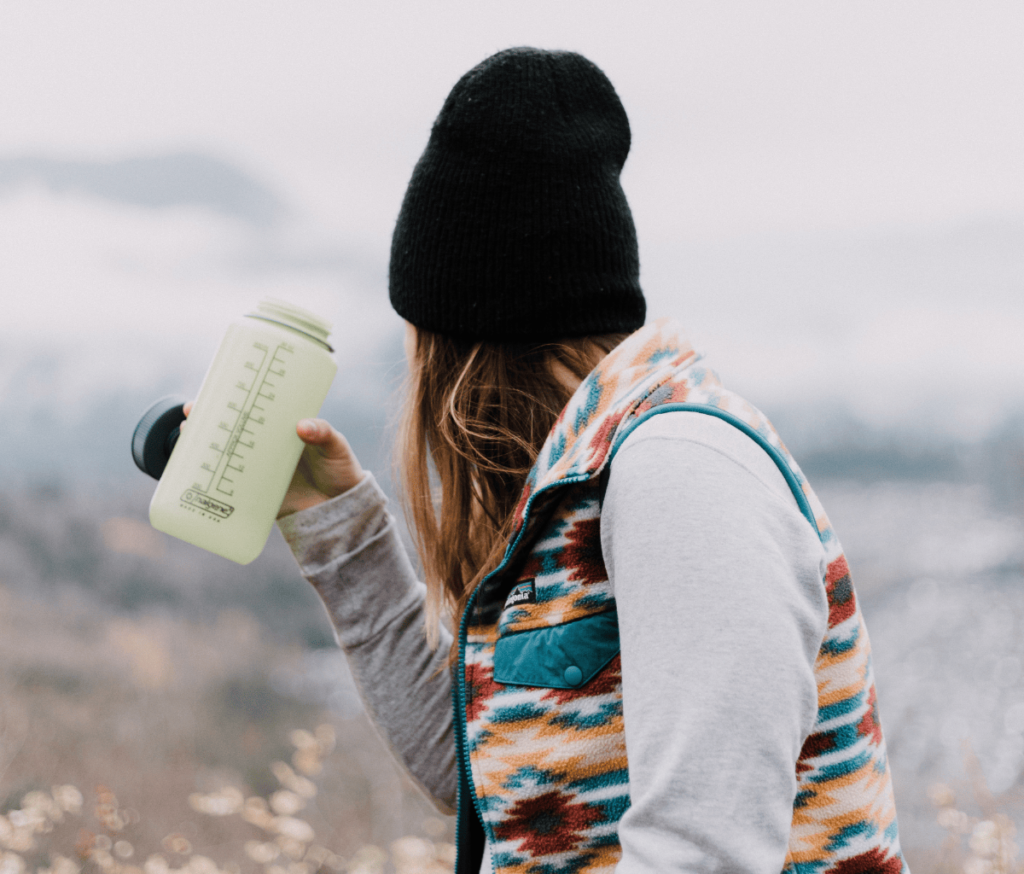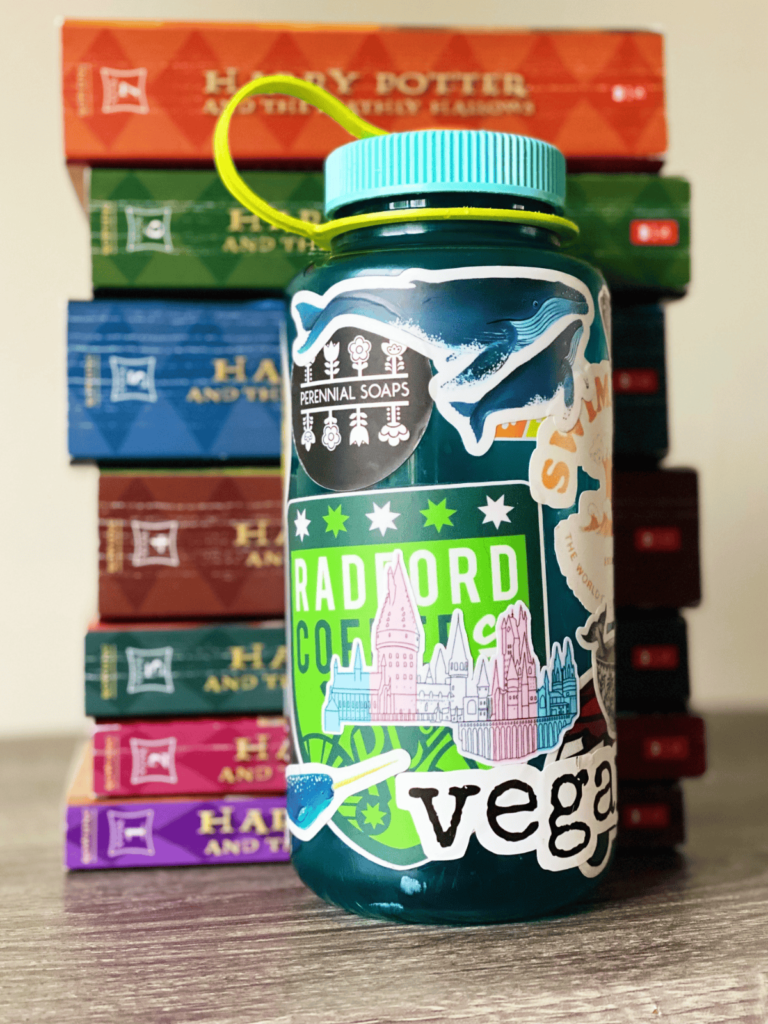How To Clean A Nalgene Bottle
Last Updated: May 10, 2025
How To Clean A Nalgene Bottle
Cleaning your Nalgene water bottle keeps it looking fresh, lasting longer, and protecting your health. With so many cleaning methods floating around, picking the right one gets confusing fast. This guide breaks down every way to clean your Nalgene bottle, covers the tricky situations (hello, mold!), and answers those burning questions about dishwashers and hot liquids.

Nalgene bottles win over outdoor folks because they’re tough, lightweight, and BPA-free. They haul anywhere from 16 to 48 ounces of liquid, fit perfectly in backpacks, and sport leak-proof lids that actually work.

Now that Hydro Flask, Stanley, and countless other fancy water bottles flood the market, the classic Nalgene still tops my list. Sure, you miss out on the insulation perks of stainless steel, but durability and cost-effectiveness win every time. (Looking for tips on cleaning your insulated water bottle? Check out our guide to cleaning Yeti tumblers.)
The Cleaning Basics You Need to Know
Before diving into fancy cleaning methods, nail these simple habits:
- Rinse your bottle with hot water after every use
- Never let liquids sit around getting gross
- Scrub with a bottle brush regularly
- Skip abrasive cleaners that scratch plastic
- Check cap threads for hidden gunk
The Best Ways to Clean Your Nalgene
Soap and Water
The tried-and-true method that just works:
- Fill with warm water
- Add a drop of dish soap
- Cap it and shake for 30 seconds
- Rinse with hot water and air dry
Why it works: Easy, cheap, and always available Watch out for: Won’t tackle tough stains or stubborn odors
White Vinegar Method
Vinegar naturally disinfects and fights odors:
- Mix equal parts water and vinegar
- Let it sit for 30 minutes
- Rinse thoroughly with hot water
Why it works: Natural and effective on stains Watch out for: That vinegar smell might hang around
Baking Soda Scrub
When you need some gentle abrasive action:
- Fill with warm water
- Add one tablespoon baking soda
- Shake for 30 seconds
- Let it sit 15 minutes
- Rinse completely and air dry
Why it works: Natural abrasive that tackles stains Watch out for: Might scratch if you scrub too hard
Denture Tablets
These effervescent cleaners pack a punch:
- Drop a denture tablet in warm water
- Wait 30 minutes
- Rinse thoroughly
Why it works: Sanitizes while removing stains Watch out for: More expensive than other methods
Emergency Cleaning: Mold and Funky Smells
When Mold Strikes
Found fuzzy spots in your bottle? Don’t panic.
Safety first: Wear gloves, mask, and eye protection. Open windows or use a fan.
Deep clean process:
- Empty everything out
- Mix 1 part vinegar to 3 parts water
- Add a teaspoon of baking soda
- Let it sit overnight
- Scrub with a bottle brush
- Clean the cap, threads, and gasket thoroughly
- Rinse with hot water multiple times
- Air dry completely
If mold persists, repeat the process or try a mold-specific cleaner.
Prevention tips:
- Dry your bottle completely after each use
- Store in well-ventilated areas
- Never put a wet cap on a wet bottle
Dealing with Funky Smells and Tastes
Plastic can absorb odors over time. Use the same deep-cleaning method as above, but if that doesn’t work:
Last resort bleach method:
- Add 1 teaspoon bleach to a 32oz bottle
- Add 1 teaspoon baking soda
- Fill with water
- Shake and let sit overnight
- Empty and run through the vinegar-baking soda process again
- Rinse thoroughly (seriously, like 10 times)
- Consider running through a dishwasher cycle
Remember: bleach is harsh stuff. Only use it when everything else fails.

What You Need to Know About Dishwashers
Good news: most Nalgene bottles are dishwasher safe! But follow these rules:
- Always use the top rack
- Remove the cap and wash separately
- Use a lower temperature setting if available
- Skip the heated dry cycle
- Some older Nalgene bottles might warp, so check manufacturer guidelines
Pro tip: Put small cap parts in a mesh bag so they don’t fall through the rack.
Temperature Limits: Hot and Cold
Hot Liquids
Nalgene bottles handle temperatures up to 212°F (100°C), making them safe for hot water. But exercise caution:
- Let boiling water cool slightly before adding
- Hot liquids can cause the cap to become difficult to open
- Never put the bottle directly over heat
Freezing Your Nalgene
Yes, you can freeze it! But remember:
- Water expands when frozen, so leave at least 1-2 inches of space at the top
- Freezing below 32°F (-0°C) is fine for the plastic
- Frozen bottles work great for keeping other items cold
- Pro tip: They make excellent ice packs for your camping cooler too!
Cleaning Different Cap Types
Nalgene makes various cap styles, and each needs special attention:
Wide-Mouth Caps
- Unscrew and separate all parts
- Clean O-rings with a small brush
- Check threads for trapped debris
Narrow-Mouth Caps
- Pay extra attention to the mouthpiece
- Use a pipe cleaner for the drinking spout
- Don’t forget the vent cap if your bottle has one
Flip-Top Caps
- Pop open the straw mechanism
- Use a straw brush for the sipper part
- Inspect hinges for mold or grime
Storage Best Practices
How you store your clean bottle matters:
- Store with the cap off to prevent moisture buildup
- Keep in a cool, dry place
- Stand upright to avoid pressure on seals
- If storing long-term, add a paper towel inside to absorb any moisture
How Often Should You Clean?
Daily routine: Quick rinse with hot water after each use
Weekly deep clean: Use one of the methods above, especially if you drink anything besides water
Monthly inspection: Check for wear, stains, or odor buildup
Signs you need a deep clean:
- Cloudiness on the plastic
- Lingering odors after rinsing
- Visible stains or residue
- Any taste other than what you put in
Common Cleaning Mistakes to Avoid
- Using bleach too frequently
- Putting the bottle in the microwave (never do this!)
- Using steel wool or harsh scrubbers
- Forgetting to clean the cap gasket
- Storing while still damp
- Using the dishwasher’s heated dry cycle
When to Replace Your Nalgene
Even tough Nalgene bottles don’t last forever. Replace yours if you notice:
- Cracks or chips in the plastic
- Persistent odors that won’t go away
- Cloudy plastic that never clears
- Damaged threads that don’t seal properly
- Deep scratches that harbor bacteria
Common Questions About Nalgene Bottles
Yes, but let it cool slightly first. Nalgene bottles handle temperatures up to 212°F (100°C), so they can take hot water. However, putting in truly boiling water can make the cap hard to open and may slightly warp the plastic over time. Let your water cool for a minute or two before pouring.
With proper care, a Nalgene bottle can last 5-10 years or even longer. The plastic is incredibly durable, but replace yours if you notice persistent odors, deep scratches, cracks, or cloudy plastic that won’t clear. Many outdoor enthusiasts have bottles that are decades old and still going strong.
Absolutely! Nalgene bottles handle freezing temperatures just fine. Just remember that water expands when frozen, so leave 1-2 inches of space at the top. Frozen Nalgene bottles make excellent ice packs for coolers and will keep your other drinks cold on hot days.
Use bleach only as a last resort. While it’s technically safe (1 teaspoon per 32oz bottle), bleach is harsh and requires thorough rinsing afterward. Try vinegar and baking soda first – they’re gentler and usually just as effective. If you do use bleach, follow up with multiple rinses and consider running your bottle through the dishwasher to ensure all bleach is removed.

Get Out on the Trail
Your Nalgene bottle has carried you through countless adventures, and with proper care, it’ll keep going for years to come. Whether you’re hitting the trails, camping under stars, or just staying hydrated at the office, a clean bottle means better-tasting water and a healthier you.
Now grab that bottle brush and give your trusty Nalgene the deep clean it deserves. Adventure awaits!
This post contains affiliate links.
